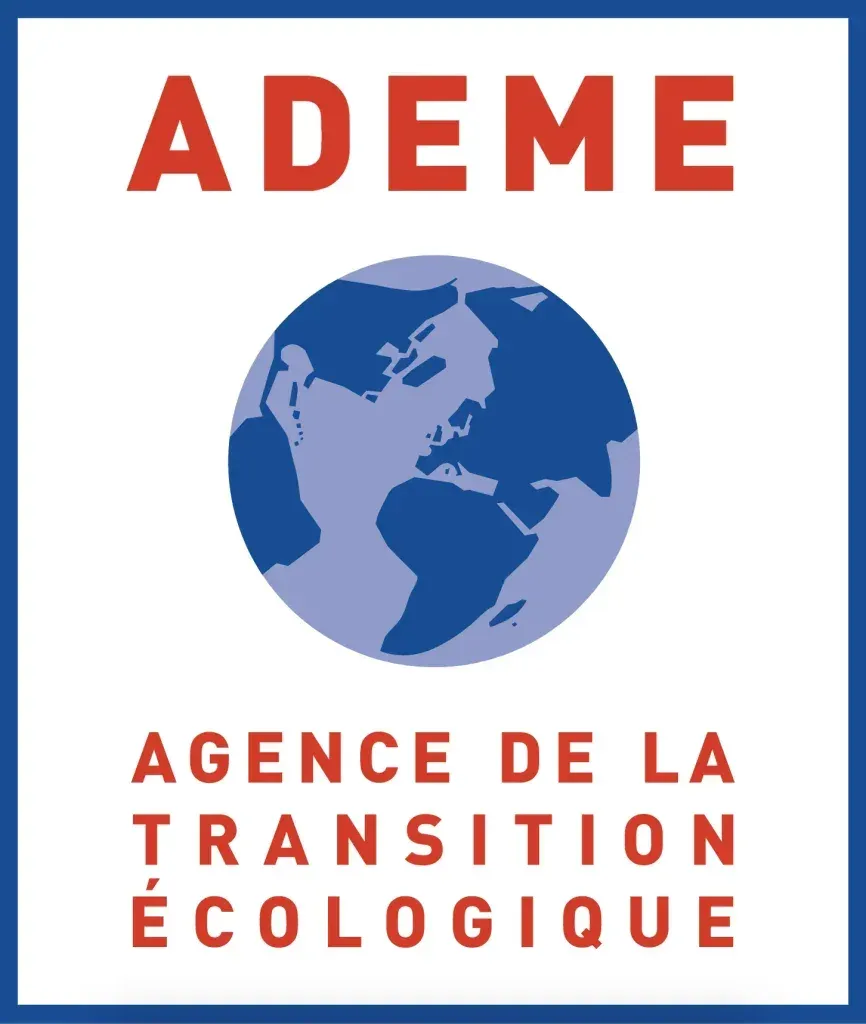Sagt Ihnen Öko-Design etwas?
Auf den digitalen Bereich angewandt, handelt es sich um einen mehrstufigen Ansatz, der sich durch eine ganzheitliche Betrachtung der Umweltauswirkungen digitaler Geräte auszeichnet. So geht es beispielsweise um die ganzheitliche Entwicklung von Plattformen und Werkzeugen, die weniger Energie verbrauchen und umweltfreundlicher sind.
Warum sollten wir unsere Website öko-designen?
Wie Sie sicher verstanden haben, gehört die umweltfreundliche Gestaltung einer Website zu den zahlreichen Hebeln, die es zu betätigen gilt, um unsere mit der Digitalisierung verbundenen Umweltauswirkungen zu begrenzen... und auf den Bereich des Tourismus und des Etourismus angewandt, ist diese Herausforderung umso größer!
Während man davon ausgeht, dass eine Website eines Reiseziels alle vier bis fünf Jahre komplett überarbeitet werden muss, um mit den funktionalen und grafischen Entwicklungen der digitalen Welt Schritt zu halten, ist die geplante Obsoleszenz digitaler Geräte eine Tatsache, die man nicht vergessen sollte! Jede Neugestaltung wirkt sich erheblich auf unseren Energieverbrauch aus, indem sie zahlreiche Ressourcen mobilisiert.
Um Ihnen beim Surfen die qualitativ hochwertigsten und eindringlichsten Inhalte zu bieten, verdoppeln wir auch unseren Einfallsreichtum, um Ihnen interaktive Tools zur Verfügung zu stellen und unsere schönsten Multimedia-Inhalte mit Ihnen zu teilen. HD-Bilder, Videos, Road-Trips, interaktive Karten... Nichts ist zu schön, um Ihnen die Schönheiten unseres Territoriums näher zu bringen... Dies stellt jedoch einen Umwelteinfluss dar, der nicht vernachlässigt werden sollte.
Für jedes Problem gibt es Lösungen! Den richtigen Kompromiss zwischen Leistung und Umweltauswirkungen zu finden, war ein zentraler Punkt unserer Überlegungen und unserer Arbeit, als wir uns für diesen Ansatz entschieden haben.
Unsere konkreten Lösungen
Die kontinuierliche Weiterentwicklung unserer Website
Um die Notwendigkeit einer Neugestaltung unseres digitalen Dispositivs deutlich hinauszuschieben, suchten wir nach einer technischen und funktionalen Lösung, die die geplante Obsoleszenz unserer Zielgebietsseite umgehen konnte.
Begleitet von unserer Beratungsagentur für digitale Kommunikation haben wir uns dafür entschieden, unsere neue digitale Einrichtung nach dem Konzept der kontinuierlichen Entwicklung zu entwickeln. Diese innovative und zeitgemäße Strategie ermöglichte es uns, die Gestaltung unserer Website völlig neu zu überdenken, die nun dank regelmäßiger Upgrades und Weiterentwicklungen eine längere Lebensdauer hat.
Indem wir die gleiche Basis beibehalten, die zweimal im Jahr mit neuen Funktionen und Verbesserungen in den Bereichen Technik, Ergonomie und Design versorgt wird, optimieren wir so die Mobilisierung digitaler Ressourcen, die bisher für Refactorings eingesetzt wurden.
Die Integration eines Ökomodus
Die Zielseite, auf der Sie gerade surfen, ist mit einem Ökomodus ausgestattet!
Vielleicht ist es Ihnen schon aufgefallen: Ein seltsamer Schalter hat sich oben auf Ihrer Webseite eingeschlichen. Die Geübtesten oder Wagemutigsten werden diesen Ökomodus wahrscheinlich schon aktiviert haben, aber für die Skeptiker hier einige Erklärungen, die Ihnen diese neue Surfgewohnheit schmackhaft machen werden.
Der in unsere Website integrierte Ökomodus passt die Funktionsweise und die Darstellung unserer Seiten automatisch so an, dass sie der Problematik des Energiesparens gerecht werden. Sobald er aktiviert ist, wird die Seite, auf der Sie surfen, automatisch mit einer schlankeren Benutzeroberfläche neu geladen!
Da wir Ihnen auch gerne konkrete Zahlen nennen, bietet Ihnen der Ökomodus Zugang zu Informationen über die Energieeinsparungen, die Sie während Ihrer gesamten Navigation erzielen.
Dank eines von der Ademe bereitgestellten Algorithmus zeigt ein auf Ihren Seiten integrierter CO2-Zähler in Echtzeit die Energieeinsparungen an, die durch die Verwendung des Ökomodus beim Surfen erzielt werden. Diese Informationen werden außerdem auf spielerische Weise in zurückgelegte Kilometer (mit dem TGV oder einem Auto mit Verbrennungsmotor) oder in die Zeit, in der eine Glühbirne leuchtet, umgerechnet!


Natürlich können Sie Ihre Seiten auch auf herkömmliche Weise anzeigen lassen, indem Sie diese Toolbar einfach minimieren, und den Ökomodus jederzeit beim Surfen auf der Website ein- und ausschalten.
Weiterführende Informationen
Da die digitale Welt 100% dematerialisiert ist, ist es manchmal schwierig, sich die Auswirkungen auf die Umwelt vorzustellen... Da jede Geste zählt, haben wir Ihnen einige Quellen zusammengestellt, die Ihnen helfen, mehr über das Thema zu erfahren und gute Praktiken zu finden, mit denen Sie Ihren digitalen Fußabdruck auf Ihrer Ebene begrenzen können.
- Datagir : Umrechnen und vergleichen Sie Ihre CO2-Belastung
- Das Dossier von Arcep : Der ökologische Fußabdruck der Digitalisierung
- Ratschläge der Regierung : Verantwortungsvolle Digitalisierung: Wie kann man sich die richtigen Reflexe aneignen?
- WWF-Tipps: Lernen, seinen digitalen Fußabdruck zu verkleinern
Um sich über ökologische Verantwortung auszutauschen und gemeinsam neue Ideen zu entwickeln, zögern Sie nicht uns zu kontaktieren kontaktieren !
Artikel aktualisiert 1. Januar 2025
 Australia
Australia
 Belgique
Belgique
 Brasil
Brasil
 Canada (EN)
Canada (EN)
 Canada (FR)
Canada (FR)
 Chile
Chile
 Deutschland
Deutschland
 España
España
 France
France
 Italia
Italia
 Mexico
Mexico
 Polynésie française
Polynésie française
 New Zealand
New Zealand
 Schweizerisch (DE)
Schweizerisch (DE)
 Suisse (FR)
Suisse (FR)
 United Kingdom
United Kingdom
 United States
United States
 한국
한국
 中国
中国
 日本
日本